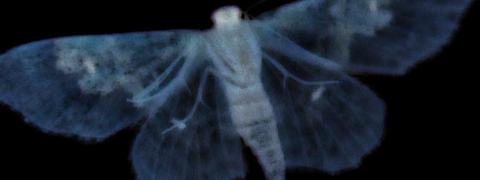[dropcap style=”font-size:100px; color:#992211;”]S[/dropcap]cientific debunking of popular myth: the catnip of the postgrad research student.
Given the methodology – explain what’s different about these two pictures – this one isn’t quite as comprehensive a takedown as it might be.
Stay on the safe side. Science or no science, if you think there’s a loony with an axe under the bed, it might be as well to have a quick check.
Do we have a sixth sense? A University of Melbourne study found that people could reliably sense when a change had occurred, even when they could not see exactly what had changed.
For example, a person might notice a general change in someone’s appearance but not be able to identify that the person had had a haircut.
Lead researcher Dr. Piers Howe from the Melbourne School of Psychological Sciences said the research is the first to show in a scientific study that people can reliably sense changes that they cannot visually identify.
“There is a common belief that observers can experience changes directly with their mind, without needing to rely on the traditional physical senses such as vision, hearing, taste, smell and touch to identify it. This alleged ability is sometimes referred to as a sixth sense or ESP.
Observers could reliably sense changes
“We were able to show that while observers could reliably sense changes that they could not visually identify, this ability was not due to extrasensory perception or a sixth sense,” he said.
In the study, observers were presented with pairs of colour photographs, both of the same female. In some cases, her appearance would be different in the two photographs. For example, the individual might have a different hairstyle.
Each photograph was presented for 1.5 seconds with a 1 second break between them. After the last photograph, the observer was asked whether a change had occurred and, if so, identify the change from a list of nine possible changes.
Feel or sense
Results showed study participants could generally detect when a change had occurred even when they could not identify exactly what had changed.
For example, they might notice that the two photographs had different amounts of red or green but not be able to use this information to determine that the person had changed the colour of their hat.
This resulted in the observer “feeling” or “sensing” that a change had occurred without being able to visually identify the change. Thus, the result that observers can reliably feel or sense when a change has occurred without being able to visually identify the change could be explained without invoking an extrasensory mechanism.
Source: University of Melbourne
Photo: Sean Keenan

Some of the news that we find inspiring, diverting, wrong or so very right.





















